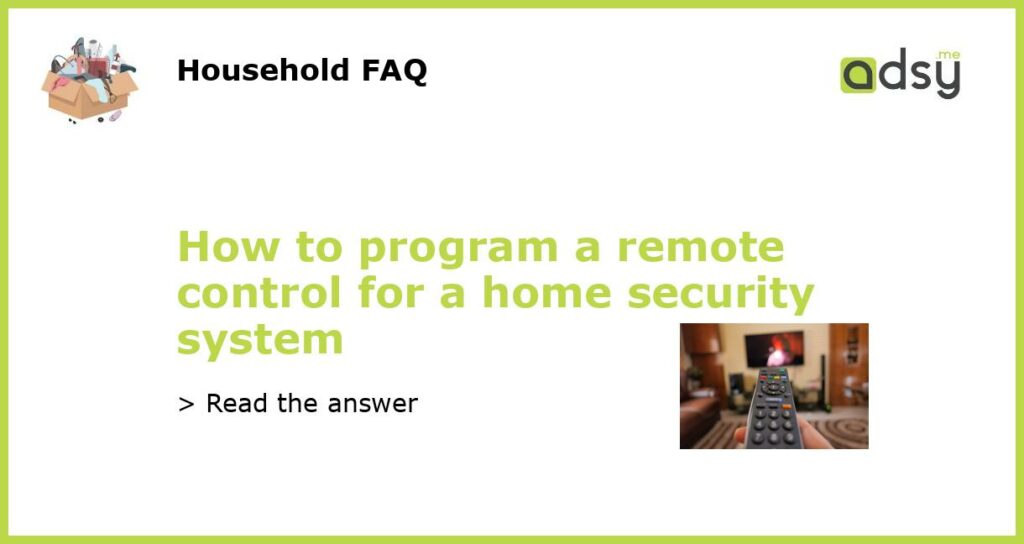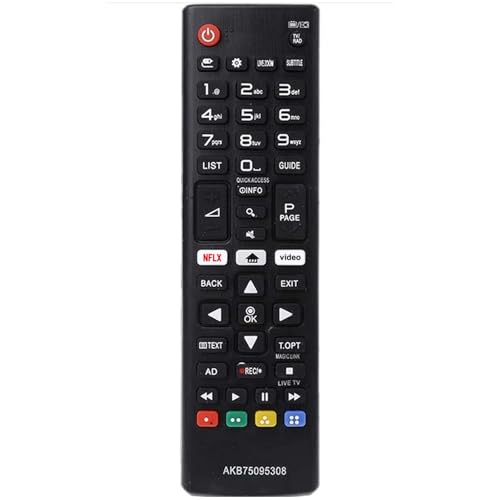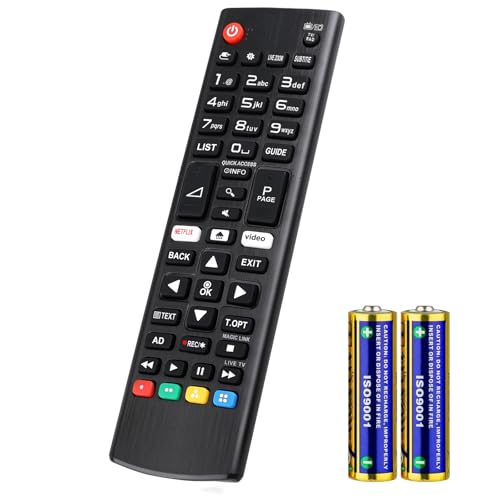Understanding the Basics of Home Security System Remote Controls
A remote control is an essential component of a home security system as it allows you to arm or disarm your system from a distance. However, programming a remote control for your home security system may seem like a daunting task for many homeowners. In this guide, we will break down the process into simple steps and explain how you can program a remote control for your home security system with ease.
Step-by-Step Guide to Programming a Remote Control for your Home Security System
1. Determine the Compatibility: Before you begin the programming process, make sure that your remote control is compatible with your home security system. Check the manufacturer’s instructions or consult the user manual to ensure that the remote control you have is the right one for your system.
2. Gather the Necessary Information: Next, gather all the necessary information that you will need to program your remote control. This may include the system’s control panel code, the remote control model number, and any specific instructions provided by the manufacturer.
3. Access the Programming Mode: Depending on your home security system, there may be different ways to access the programming mode. This can typically be done through the control panel or by using specific button combinations on the remote control itself. Refer to your system’s user manual for detailed instructions on how to enter the programming mode.
4. Follow the Programming Instructions: Once you are in the programming mode, carefully follow the instructions provided by the manufacturer to program your remote control. This may involve entering codes, pressing specific buttons in a sequence, or selecting options from a menu on the control panel.
5. Test and Fine-Tune: After programming your remote control, it is essential to test its functionality. Arm and disarm your home security system using the remote control and ensure that it is responding correctly. If you encounter any issues, refer to the troubleshooting section in the user manual or contact the manufacturer for further assistance.
Additional Tips for Programming a Home Security System Remote Control
1. Keep the User Manual Handy: The user manual provided by the manufacturer is your best resource when it comes to programming your home security system remote control. Keep it handy throughout the process, as it contains specific instructions and troubleshooting tips that will be invaluable.
2. Seek Professional Assistance: If you are unsure about any step of the programming process or encounter difficulties, consider seeking professional assistance. Many home security system providers offer technical support services that can guide you through the programming process or even program the remote control for you.
3. Stay Updated: As technology evolves, newer versions of remote controls and home security systems are released. Stay updated with any firmware updates or programming changes that may be required for your system. Check the manufacturer’s website or subscribe to their newsletter to stay informed.
Maintaining and Troubleshooting Your Home Security System Remote Control
1. Keep the Remote Control Safe: Treat your home security system remote control as you would any valuable electronic device. Keep it in a safe and easily accessible place to prevent loss or damage.
2. Replace Batteries Regularly: Remote controls rely on batteries to function. Check the user manual for the recommended battery type and lifespan. Regularly replace the batteries to ensure optimal performance.
3. Troubleshooting Common Issues: If you experience issues with your home security system remote control, refer to the troubleshooting section in the user manual. This may help you resolve common problems such as connection issues, unresponsiveness, or button malfunctions.
4. Contact Technical Support: If you have tried troubleshooting but still cannot resolve the issue, contact the technical support team of your home security system provider. They will be able to assist you further and may suggest a remote control replacement if necessary.
Programming a remote control for a home security system doesn’t have to be a complex task. By following the steps provided in this guide and referring to your home security system’s user manual, you should be able to program your remote control with ease. Remember to gather all necessary information, follow the programming instructions carefully, and test the functionality of the remote control after programming.
Additionally, keep your remote control safe, replace batteries regularly, and refer to the troubleshooting section in the user manual if you encounter any issues. Seek professional assistance if needed and stay updated with any firmware updates or programming changes provided by the manufacturer.






